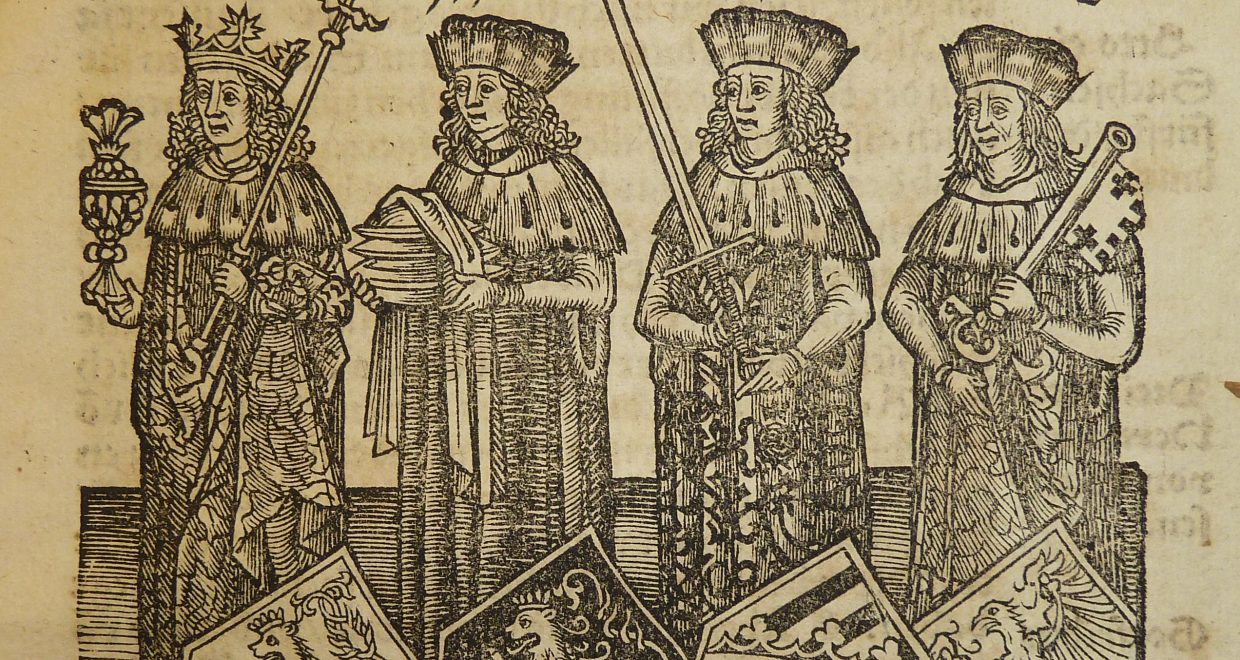The Place of the Holy Man
by Ramsay MacMullen
Get free access to The Place of the Holy Man in the Later Roman Empire until April 12th.
The early centuries in the history of Christian asceticism, and of monasticism that it gave rise to, invite a short and accessible overview. The lack was supplied long ago in Peter Brown’s well known and still almost universally accepted overview; but this, in my reading, needed to be replaced. At the outset, I challenge the broad base of Brown’s assumptions; near the end, I direct my criticisms at more particular points; and between outset and ending, my alternative picture of the holy man is sandwiched in.
But of course a “truth” almost uncontested over forty-some years will not be easily abandoned. It has been taught to rising scholars in the surrounding subject areas; they are used to it; they have built on it; so, stare decisis. A challenge to it can only hope for acceptance by making careful use of the modes and rules of argument familiar in the relevant discipline, history. First, in the choice of the holy man as a phenomenon for study, out of the infinitude of the past and its records, historians will ask, does this deserve study? How many people’s actions or beliefs did it affect in some non-trivial way? Consequentiality is what counts — and best, if it can be measured in numbers. Whatever touches only one person or a few can be left to antiquarians or to the footnotes of a biography.
The same metric, quantitative, must be used in supporting whatever is said about the topic chosen. The more of past life that is embraced in the historian’s propositions, the more important they are; but then, the more verification they demand. Sifting of sources will have to be especially thorough in grudgingly reported periods of the past such as Antiquity; so, by accident, search for consequentiality must open up a wide picture, getting past the emperors and commanders, noblemen and women, great writers and thinkers, moralists and high priests, with whom ancient historians are generally content. Holy men were none of these, though even among them, celebrities got the best press.
In describing them, my object was of course to see them as they are in fact presented to us. Beyond that, however, the displacing of Brown’s picture while necessary could only be incidental; spending ink on attack could only stir up disagreement. Better, if possible, that the sources by themselves should persuade. If doubts remained, let them be resolved by showing just how my picture was arrived at; let it be made easy for scholars to replicate at least some part of my sampling of the sources, if they wished. Replication and verification, the usual requirements of the scientific method, together explain my offering three Tables in which ascetics are presented as they are described by contemporaries and near-contemporaries, in texts mostly hagiographic, sharing many traits which can be grouped under principal headings and frequency of mention. A statistical profile emerges. Its contents can be counted. By this, the ascetics’ most salient aims and acts can be discovered, thus to explain the course of development of their institutions. An Appendix helps with citation-checking. But such efforts of skepticism are not insisted on; for it is my hope that my unsupported text will seem plausible just as it’s read.






